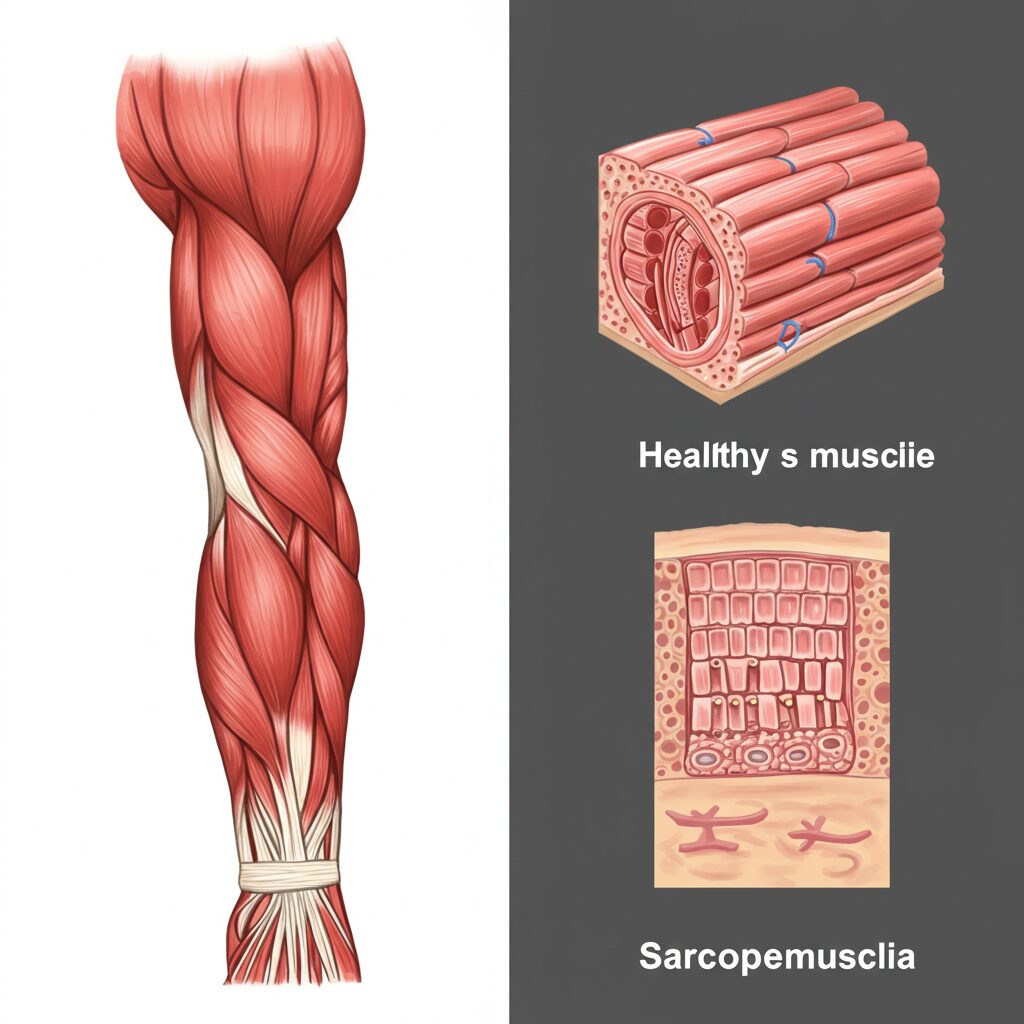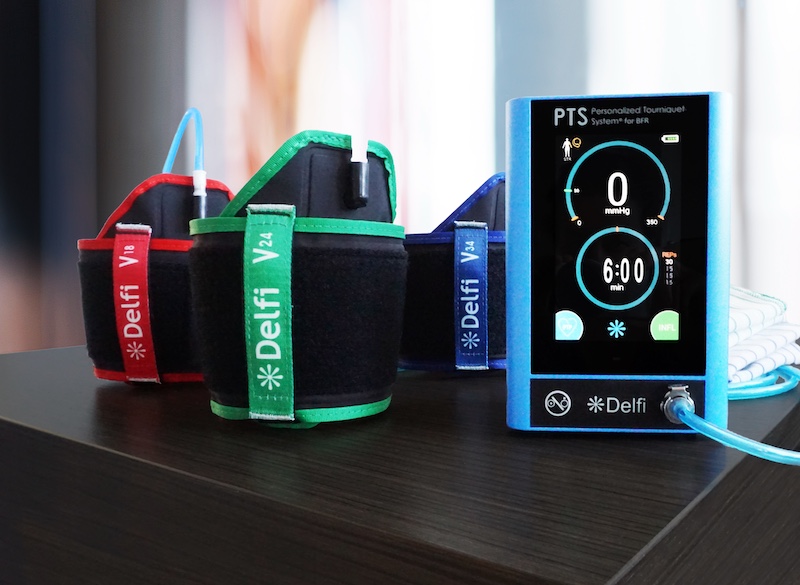We all want to live a long and healthy life, full of energy and independence. But as the years go by, our bodies undergo changes, some of which can悄悄地 undermine our well-being. One such silent threat, Don’t Let Age Steal Your Strength: Understanding and Fighting Sarcopenia, is sarcopenia, the age-related loss of muscle mass and strength.
Derived from the Greek words “sarx” (flesh) and “penia” (poverty), sarcopenia might sound abstract, but its consequences are very real. It’s not just about feeling a little weaker; it’s a fundamental shift that impacts everything from your ability to walk and climb stairs to your metabolism, immune system, and even your cognitive function as you strive not to let age steal your strength.
More Than Just Movement: The Hidden Roles of Muscle
We often think of muscles solely for their role in physical activity. While they are certainly crucial for mobility and preventing falls, skeletal muscles are also metabolic powerhouses and vital communicators within our bodies. They act as an endocrine organ, releasing signaling molecules called myokines and transcription factors into the bloodstream. These substances influence the function of distant organs, playing a role in fighting sarcopenia:
- Metabolism: Muscle is a primary site for insulin-mediated glucose disposal and the main energy consumer of fat. Losing muscle mass is a major driver of insulin resistance in older adults, potentially stealing strength and increasing the risk of type 2 diabetes and other metabolic disorders.
- Circulation: Healthy muscles contribute to efficient blood flow.
- Cognition: Emerging research suggests a link between muscle health and cognitive function, helping you understand the challenges of sarcopenia.
- Immune Function: Muscle cells have immunoregulatory properties, modulating the immune system through various signaling mechanisms. Sarcopenia may contribute to immunosenescence, the age-related decline of the immune system.
The Slippery Slope: How Sarcopenia Impacts Your Life
The gradual loss of muscle mass can lead to a cascade of negative effects:
- Functional Limitations: Simple daily tasks like walking, getting out of a chair, carrying groceries, and climbing stairs become increasingly difficult, as age challenges your strength and independence.
- Increased Risk of Falls: Weak muscles compromise balance and stability, significantly raising the likelihood of falls and fractures.
- Disability and Institutionalization: The decline in physical function can lead to disability, loss of independence, and the need for long-term care.
- Metabolic Dysfunction: As mentioned earlier, sarcopenia contributes to insulin resistance, increasing the risk of metabolic diseases.
- Impaired Recovery: Reduced muscle mass and strength hinder the body’s ability to recover from illness, surgery, and other stressors, leading to longer hospital stays, higher rates of complications, and increased mortality.
Lower Quality of Life: The loss of physical capabilities and independence inevitably impacts overall well-being and enjoyment of life. Thus, understanding and fighting sarcopenia becomes crucial.

Alarmingly, studies estimate that around 25% of 60-year-olds and nearly two-thirds of those over 80 experience significant muscle loss. This growing prevalence has led the U.S. Centers for Disease Control and Prevention to recognize sarcopenia as an independently reportable medical condition, highlighting its seriousness and the need to not let age steal your strength.
Fighting Back: Your Arsenal Against Muscle Loss
The good news is that sarcopenia is not an inevitable consequence of aging. We have powerful tools at our disposal to combat muscle loss and maintain our strength and vitality:
1. Prioritize Protein Intake:
Building and maintaining muscle requires adequate protein. Aim for a minimum of 1.2 grams of protein per kilogram of body weight (0.54 grams per pound) per day. Athletes and older adults may benefit from increasing this to around 1.6 grams per kilogram (0.71 grams per pound). Ensure you’re getting high-quality protein sources throughout the day.https://www.impactrehabwellness.com/fueling-your-recovery-the-power-of-nutrition-after-injury/
2. Embrace the Power of Resistance Training:
This is arguably the most crucial weapon against sarcopenia. Resistance training, which involves working your muscles against resistance (like weights, resistance bands, or even your own body weight), not only slows down age-related muscle loss but also improves overall metabolic health, allowing you to fight against the loss of strength.
The challenge is that conventional strength training can lead to injuries, especially in older adults, and may be less effective due to age-related declines in muscle fiber perfusion (blood flow to the muscle).
3. Explore the Potential of Blood Flow Restriction (BFR) Training:
This innovative technique offers a promising solution. BFR involves using inflatable cuffs or bands to partially restrict blood flow from the exercising muscles while performing very light exercises. This creates a low-oxygen environment in the muscle, signaling to the brain that it has undergone intense work.
The brain then triggers hormonal responses that promote muscle growth and strength. Remarkably, studies have shown significant increases in muscle strength (36-40%) after just 12 weeks of BFR training with light loads. This makes it a potentially safer and more effective option for older adults and those prone to injury.

Take Control of Your Muscle Health
Sarcopenia is a significant health threat, but it’s one we can actively fight. By prioritizing adequate protein intake and incorporating resistance training into our lives – whether traditional or through innovative methods like BFR – we can preserve our muscle mass, maintain our strength, and safeguard our long-term health, independence, and quality of life. Don’t Let Age Steal Your Strength: take action today to understand and fight sarcopenia effectively. https://www.impactrehabwellness.com/blood-flow-restriction-training-a-physical-rehabilitation-game-changer/
